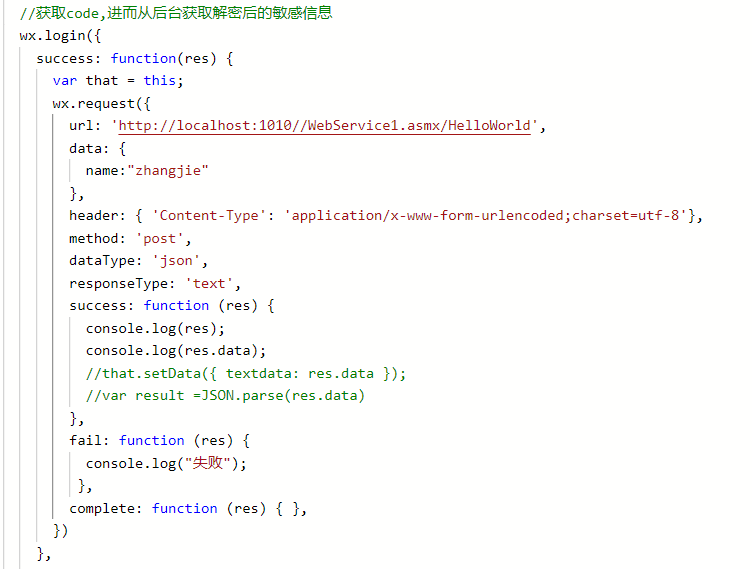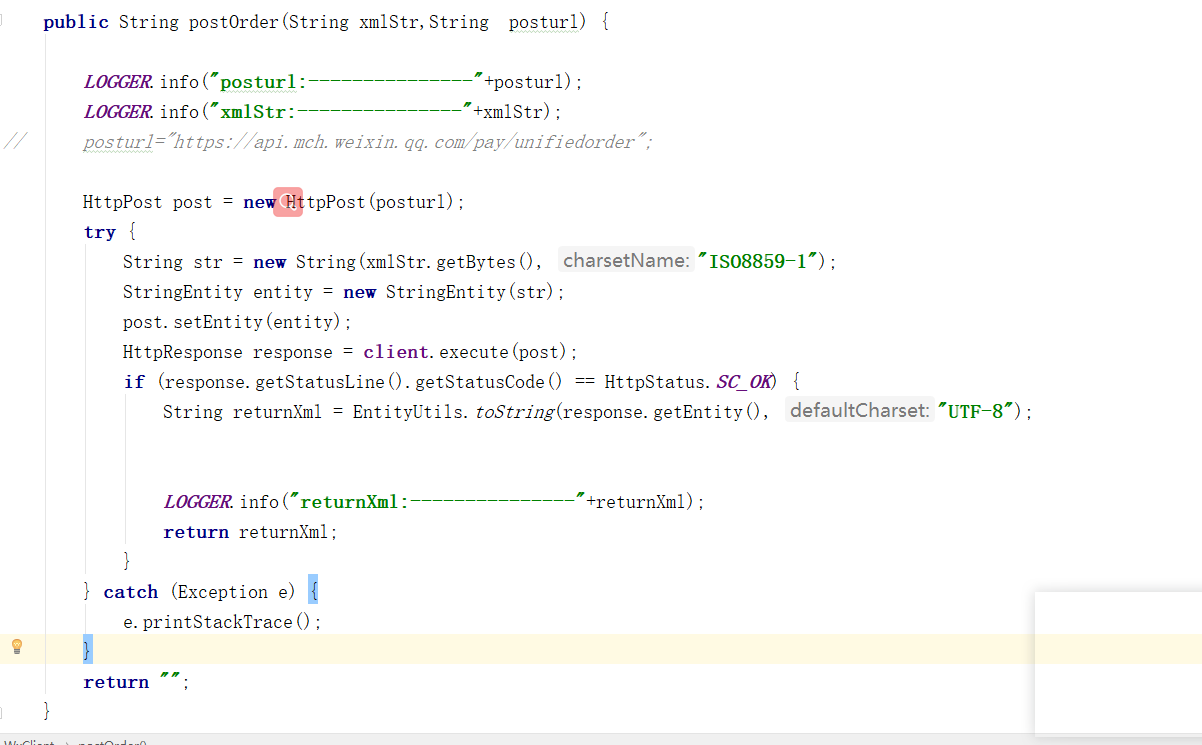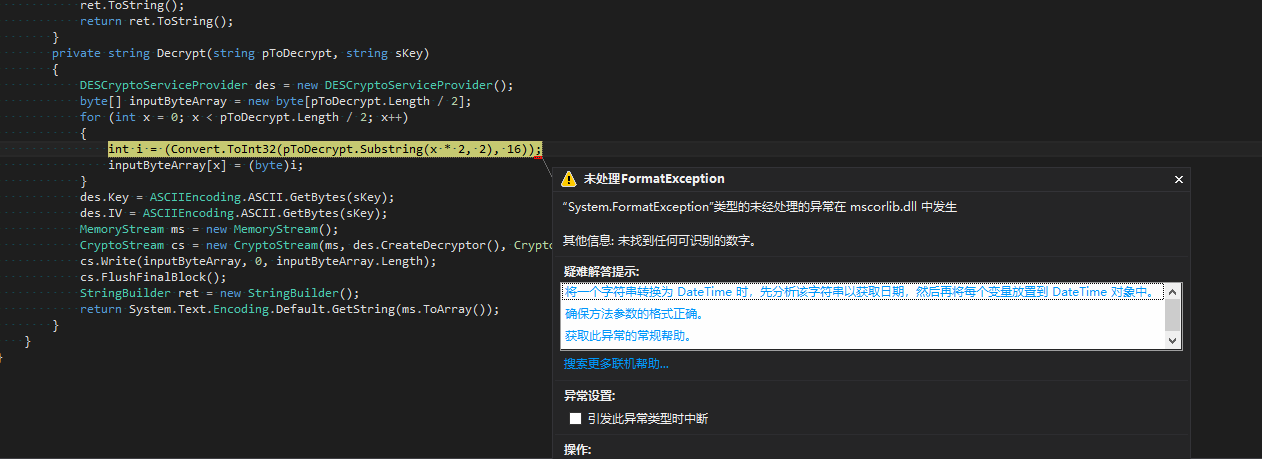可以将文章内容翻译成中文,广告屏蔽插件可能会导致该功能失效(如失效,请关闭广告屏蔽插件后再试):
问题:
In your opinion, is it ever valid to use the @ operator to suppress an error/warning in PHP whereas you may be handling the error?
If so, in what circumstances would you use this?
Code examples are welcome.
Edit: Note to repliers. I\'m not looking to turn error reporting off, but, for example, common practice is to use
@fopen($file);
and then check afterwards... but you can get rid of the @ by doing
if (file_exists($file))
{
fopen($file);
}
else
{
die(\'File not found\');
}
or similar.
I guess the question is - is there anywhere that @ HAS to be used to supress an error, that CANNOT be handled in any other manner?
回答1:
I would suppress the error and handle it. Otherwise you may have a TOCTOU issue (Time-of-check, time-of-use. For example a file may get deleted after file_exists returns true, but before fopen).
But I wouldn\'t just suppress errors to make them go away. These better be visible.
回答2:
Note: Firstly, I realise 99% of PHP developers use the error suppression operator (I used to be one of them), so I\'m expecting any PHP dev who sees this to disagree.
In your opinion, is it ever valid to use the @ operator to suppress an error/warning in PHP whereas you may be handling the error?
Short answer:
No!
Longer more correct answer:
I don\'t know as I don\'t know everything, but so far I haven\'t come across a situation where it was a good solution.
Why it\'s bad:
In what I think is about 7 years using PHP now I\'ve seen endless debugging agony caused by the error suppression operator and have never come across a situation where it was unavoidable.
The problem is that the piece of code you are suppressing errors for, may currently only cause the error you are seeing; however when you change the code which the suppressed line relies on, or the environment in which it runs, then there is every chance that the line will attempt to output a completely different error from the one you were trying to ignore. Then how do you track down an error that isn\'t outputting? Welcome to debugging hell!
It took me many years to realise how much time I was wasting every couple of months because of suppressed errors. Most often (but not exclusively) this was after installing a third party script/app/library which was error free in the developers environment, but not mine because of a php or server configuration difference or missing dependency which would have normally output an error immediately alerting to what the issue was, but not when the dev adds the magic @.
The alternatives (depending on situation and desired result):
Handle the actual error that you are aware of, so that if a piece of code is going to cause a certain error then it isn\'t run in that particular situation. But I think you get this part and you were just worried about end users seeing errors, which is what I will now address.
For regular errors you can set up an error handler so that they are output in the way you wish when it\'s you viewing the page, but hidden from end users and logged so that you know what errors your users are triggering.
For fatal errors set display_errors to off (your error handler still gets triggered) in your php.ini and enable error logging. If you have a development server as well as a live server (which I recommend) then this step isn\'t necessary on your development server, so you can still debug these fatal errors without having to resort to looking at the error log file. There\'s even a trick using the shutdown function to send a great deal of fatal errors to your error handler.
In summary:
Please avoid it. There may be a good reason for it, but I\'m yet to see one, so until that day it\'s my opinion that the (@) Error suppression operator is evil.
You can read my comment on the Error Control Operators page in the PHP manual if you want more info.
回答3:
Yes suppression makes sense.
For example, the fopen() command returns FALSE if the file cannot be opened. That\'s fine, but it also produces a PHP warning message. Often you don\'t want the warning -- you\'ll check for FALSE yourself.
In fact the PHP manual specifically suggests using @ in this case!
回答4:
If you don\'t want a warning thrown when using functions like fopen(), you can suppress the error but use exceptions:
try {
if (($fp = @fopen($filename, \"r\")) == false) {
throw new Exception;
} else {
do_file_stuff();
}
} catch (Exception $e) {
handle_exception();
}
回答5:
Error suppression should be avoided unless you know you can handle all the conditions.
This may be much harder than it looks at first.
What you really should do is rely on php\'s \"error_log\" to be your reporting method, as you cannot rely on users viewing pages to report errors. ( And you should also disable php from displaying these errors )
Then at least you\'ll have a comprehensive report of all things going wrong in the system.
If you really must handle the errors, you can create a custom error handler
http://php.net/set-error-handler
Then you could possibly send exceptions ( which can be handled ) and do anything needed to report weird errors to administration.
回答6:
I NEVER allow myself to use \'@\'... period.
When I discover usage of \'@\' in code, I add comments to make it glaringly apparent, both at the point of usage, and in the docblock around the function where it is used. I too have been bitten by \"chasing a ghost\" debugging due to this kind of error suppression, and I hope to make it easier on the next person by highlighting its usage when I find it.
In cases where I\'m wanting my own code to throw an Exception if a native PHP function encounters an error, and \'@\' seems to be the easy way to go, I instead choose to do something else that gets the same result but is (again) glaringly apparent in the code:
$orig = error_reporting(); // capture original error level
error_reporting(0); // suppress all errors
$result = native_func(); // native_func() is expected to return FALSE when it errors
error_reporting($orig); // restore error reporting to its original level
if (false === $result) { throw new Exception(\'native_func() failed\'); }
That\'s a lot more code that just writing:
$result = @native_func();
but I prefer to make my suppression need VERY OBVIOUS, for the sake of the poor debugging soul that follows me.
回答7:
Most people do not understand the meaning of error message.
No kidding. Most of them.
They think that error messages are all the same, says \"Something goes wrong!\"
They don\'t bother to read it.
While it\'s most important part of error message - not just the fact it has been raised, but it\'s meaning. It can tell you what is going wrong. Error messages are for help, not for bothering you with \"how to hide it?\" problem. That\'s one of the biggest misunderstandings in the newbie web-programming world.
Thus, instead of gagging error message, one should read what it says. It has not only one \"file not found\" value. There can be thousands different errors: permission denied, save mode restriction, open_basedir restriction etc.etc. Each one require appropriate action. But if you gag it you\'ll never know what happened!
The OP is messing up error reporting with error handling, while it\'s very big difference!
Error handling is for user. \"something happened\" is enough here.
While error reporting is for programmer, who desperately need to know what certainly happened.
Thus, never gag errors messages. Both log it for the programmer, and handle it for the user.
回答8:
is there not a way to suppress from the php.ini warnings and errors? in that case you can debug only changing a flag and not trying to discovering which @ is hiding the problem.
回答9:
Using @ is sometimes counter productive. In my experience, you should always turn error reporting off in the php.ini or call
error_reporting(0);
on a production site. This way when you are in development you can just comment out the line and keep errors visible for debugging.
回答10:
The only place where I really needed to use it is the eval function. The problem with eval is that, when string cannot be parsed due to syntax error, eval does not return false, but rather throws an error, just like having a parse error in the regular script. In order to check whether the script stored in the string is parseable you can use something like:
$script_ok = @eval(\'return true; \'.$script);
AFAIK, this is the most elegant way to do this.
回答11:
One place I use it is in socket code, for example, if you have a timeout set you\'ll get a warning on this if you don\'t include @, even though it\'s valid to not get a packet.
$data_len = @socket_recvfrom( $sock, $buffer, 512, 0, $remote_host, $remote_port )
回答12:
You do not want to suppress everything, since it slows down your script.
And yes there is a way both in php.ini and within your script to remove errors (but only do this when you are in a live environment and log your errors from php)
<?php
error_reporting(0);
?>
And you can read this for the php.ini version of turning it off.
回答13:
If you are using a custom error handling function and wanna suppress an error (probably a known error), use this method. The use of \'@\' is not a good idea in this context as it will not suppress error if error handler is set.
Write 3 functions and call like this.
# supress error for this statement
supress_error_start();
$mail_sent = mail($EmailTo, $Subject, $message,$headers);
supress_error_end(); #Don\'t forgot to call this to restore error.
function supress_error_start(){
set_error_handler(\'nothing\');
error_reporting(0);
}
function supress_error_end(){
set_error_handler(\'my_err_handler\');
error_reporting(\'Set this to a value of your choice\');
}
function nothing(){ #Empty function
}
function my_err_handler(\'arguments will come here\'){
//Your own error handling routines will come here
}
回答14:
I use it when trying to load an HTML file for processing as a DOMDocument object. If there are any problems in the HTML... and what website doesn\'t have at least one... DOMDocument->loadHTMLFile() will throw an error if you don\'t suppress it with @. This is the only way (perhaps there are better ones) I\'ve ever been successful in creating HTML scrapers in PHP.




